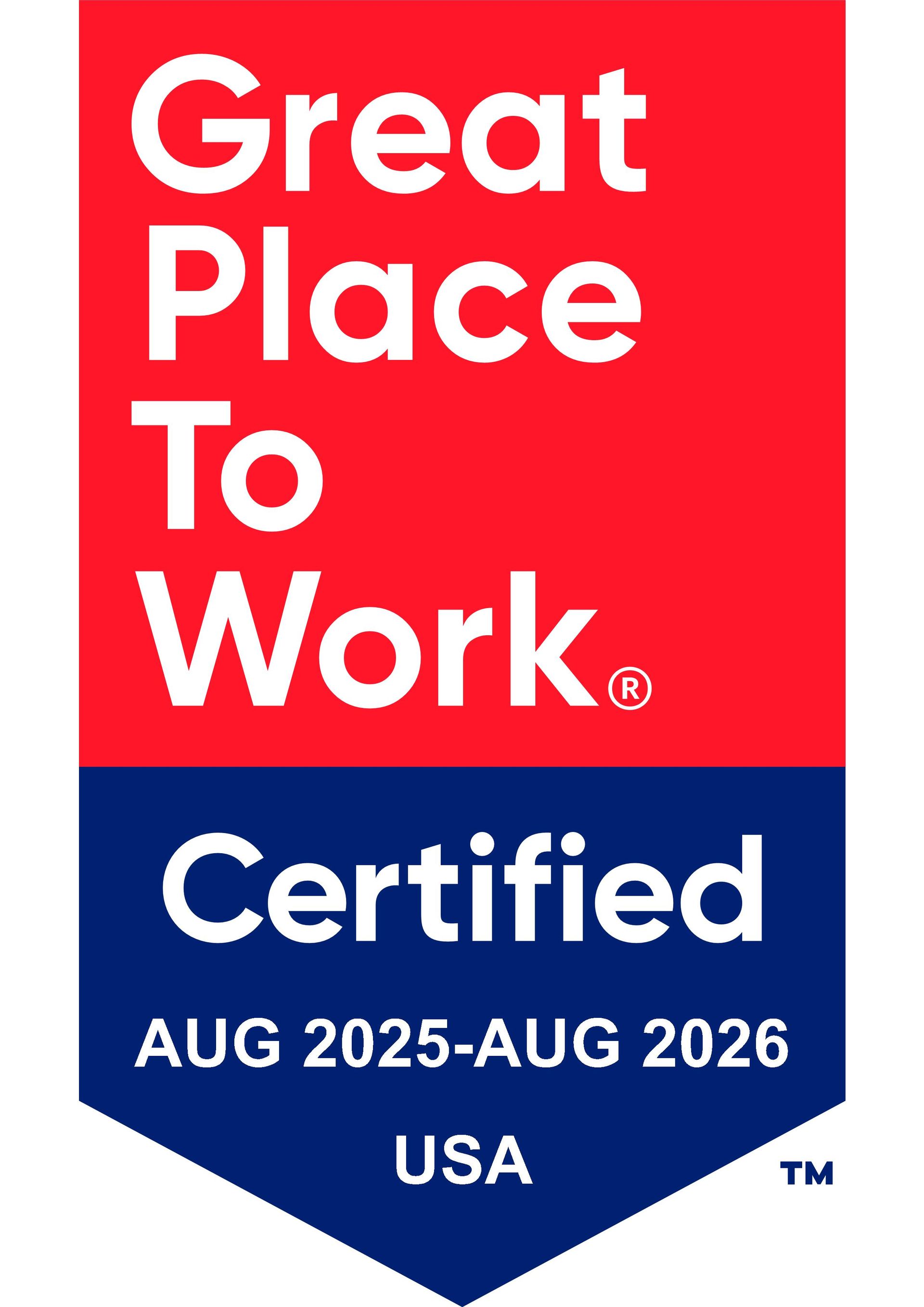
Risk Reduction: 7 Tips to Enhance Workplace Safety
24 September 2021
Caring and dutiful employers want to ensure workplace safety. Some reasons for a focus on safety are as simple as caring for everyone’s well-being, from executives and managers to daily staff and facility guests and clients.
There are also self-preservation-oriented goals that drive businesses to tighten up workplace safety, such as avoiding injury or loss of life, workers’ compensation claims, and lawsuits. Any of these instances have the power to damage a company’s reputation and, in some cases, can invite financial disaster that ultimately results in shuttering their doors. Therefore, a practical philosophy about workplace safety has the same impact as being concerned about people’s health and well-being.
When business leaders focus on these primary goals, risk reduction success becomes increasingly likely.
Let’s take a closer look at the value of reduced risk for your employees and business and how you can do it with some simple and effective tips.
ADDITIONAL REASONS WHY ENHANCING WORKPLACE SAFETY TO REDUCE RISK IS SO IMPORTANT FOR YOUR ORGANIZATION
To help your team understand how crucial it is to inject occupational health and safety measures into your organization’s mission, you can offer them some additional reasons to help build and nurture a safety culture philosophy and strategy.
Here are a few more reasons that drive home the value of workplace safety for your executives, managers, and employees.
IT BUILDS AND SUPPORTS PRODUCTIVE WORK ENVIRONMENTS
Today’s employees look for increased measures of concern from employers. When you design well-managed safety programs, it proves your commitment to their safety as they help you achieve your business goals. In addition, when employees feel cared for and protected, it is easier for them to come to work and stay positive each day.
IT SAVES MONEY FOR YOUR ORGANIZATION
Even if you don’t face workers’ compensation fees or lawsuits, an employee accident is costly all on its own. In 2019, the total cost of workplace injuries in the U.S. totaled $171 billion. That equals about $1,100 per worker. However, with medical consultations, the numbers skyrocketed to $42,000, and if the unthinkable happens, the cost per death can add up to nearly $1.25 million.
ABSENTEEISM GOES DOWN
If your workplace has some untended hazards or several employees have incurred injuries, you might note a spike in employee absenteeism. Even if you haven’t had any safety issues, you can still improve employee morale by promoting, creating, and fostering a safe work environment.
YOUR WORK SITE IMPROVES OVERALL
When you design and implement a strong workplace safety culture, involving everyone in the goals, you’ll soon see improvements all around. For example, you’ll see a marked improvement in cleanliness, housekeeping, and of course, safety.
YOUR BENEFITS TEAM WILL PROCESS FEWER EMPLOYEE INSURANCE CLAIMS
As you enhance workplace safety and reduce risks, you’ll experience a marked decrease in workers’ compensation insurance claims. In turn, you’ll see a reduction in workers’ compensation benefits rates, which gives you a better grade with your clients.
EMPLOYEES BECOME SHEPHERDS FOR WORKPLACE SAFETY TO PROTECT THEMSELVES, OTHERS, AND YOUR ORGANIZATION
The more people in your organization keeping an eye on workplace safety, the better. Invite and encourage employees to help point out any potential hazards or other safety risks to make the workplace safer for everyone. Let them know that there is no penalty for pointing out potential health and safety risks to others, even if it will cost the company money to correct. Remember that an accident, especially one you can prevent, can cost you everything.
YOUR EMPLOYEES, CLIENTS, COMPETITORS, AND THE PUBLIC SEE YOUR BUSINESS IN THE BEST LIGHT
When you protect your employees, everyone appreciates it, especially clients and prospective clients. With a safe workplace, you’ll experience less downtime due to workplace incidents and keep everything on schedule.
7 TIPS TO ENHANCE WORKPLACE SAFETY
Now that you have some ideas about the many benefits of creating and implementing risk reduction strategies to bolster your workplace safety culture, you might wonder how to go about it.
We want to share seven important tips to enhance workplace safety in your organization to reduce risks and make everyone feel good and secure when at your office or worksite.
1. CREATE A WORKPLACE SAFETY MANUAL TO DEFINE, CLARIFY, AND REGULARLY UPDATE YOUR SAFETY STRATEGY AND PROTOCOLS
You might consider creating a workplace safety manual to lay out your organization’s safety strategy and protocols, based on the Occupational Safety and Health Administration (OSHA)’s standards. With a manual that you make available online and in print—and for which you provide regular updates—you can keep everyone up to speed. Here are a few features you can add to your workplace safety manual:
- Updates on new hazards discovered and reported by employees and management.
- Workplace safety training opportunities for employees and managers.
2. ADJUST THE WAY YOU MEASURE SAFETY
Perhaps unintentionally, you might have a low bar for safety standards right now. If you have noted an uptick in accidents and injuries, it’s probably time to evaluate your current safety measures and consider doing some fine-tuning. The first step you need to take is looking at your incident rates and using that as a launch point to exploring additional factors. Here are some ways to start adjusting the way you measure safety so that you can make improvements:
- Create a workplace safety checklist that tracks injuries for various timeframes, such as over the past five years versus incidents over the past year.
- Monitor what people are doing—either via observation or their reports—to report and avoid injuries and accidents.
- Commit to daily accountability to elevate safety in the collective consciousness of your staff.
- Weave safety practices into different parts of your company, beyond the warehouse or dock, and into the office spaces.
3. MAKE SAFETY SOCIAL
Since 72% of Americans report using some sort of social media, your chances of reaching your employees on Facebook or LinkedIn are strong. While you’ll use in-house communications as the standard for reaching your employees, you can reinforce your message by posting updates to your business’s social media pages. With this strategy, you can invite comments from employees and the community. You might even receive inputs and ideas from industry peers and safety industry professionals.
4. EMPHASIZE INVOLVEMENT AND ACCOUNTABILITY
Your employees should not only feel free to report any workplace hazards they come across, but they should also do so as a matter of duty to their fellow workers, managers, and the organization. It allows everyone to think of themselves as protectors of their team. Ultimately, your process should hold everyone accountable for staying attuned to risks and helping your business reduce them.
5. DEVELOP A TEAM TO ASSIGN LEADERSHIP TASKS AND ESTABLISH A SAFETY HIERARCHY
Whether you develop an official workplace safety team or assign managers and supervisors the task of reducing risks and ensuring safety, you need people in place to pass information down the line and ensure that everyone is complying with safety standards. With a safety hierarchy in place and easily visible and accessible to employees, everyone knows to whom and how to report safety issues.
6. EMPHASIZE THE IMPORTANCE OF REPORTING HAZARDS AND INCIDENTS
Let your employees and managers know the significance of reporting all safety hazards, incidents, injuries, and near misses. No incident is too small or insignificant to report to ensure safety protocols are put into place, re-evaluated, or adjusted. Additionally, let employees know the on-site first aid protocols and procedures. Again, no injury is too small to consider your first aid procedures; even a small cut might require a bandage, so ensure that everyone knows where to find first aid supplies or who to call for bigger emergencies.
When you create an atmosphere of safety transparency, you can reduce the number and severity of incidents and help people recover faster.
As people become more safety-oriented, you should notice risks tapering, allowing everyone to enjoy the new safety culture.
7. CREATE A SAFETY INVESTIGATION TEAM
Each time someone reports a safety hard, risk, or incident, it’s crucial that you fully investigate the issue to ensure it is addressed and corrected. Designate a lead safety investigator and ask them to take each case and look into it further. Ask them to determine whether the hazard was previously reported and by whom and if it was addressed at the time or at some point after. Talk to the employee involved in the incident to learn the facts of how the incident happened.
Once the investigation is complete, you can seek ways to correct the issue and ensure it doesn’t happen again.
DOES YOUR BUSINESS NEED HELP ENHANCING WORKPLACE SAFETY?
Do you feel your workplace needs to spend more time enhancing safety and reducing risks organic to your office or warehouse? Maybe you’ve recently experienced a rapid and unexplained increase in workplace incidents and injuries and are at a loss to understand what is going on.
Our team at KBI Benefits can help you take a closer look at what is going on and help make sure you have all the appropriate and adequate insurance to protect your business should something happen.
Contact us today to learn more about all that we can do to help keep your employees safe, happy, and satisfied with your company.
By Chris Freitas
Sources:
- injuryfacts.nsc.org/work/costs/work-injury-costs/
- blog.kbibenefits.com/accidental-death-and-dismemberment-insurance
- blog.kbibenefits.com/workers-comp-issues
- osha.gov/sites/default/files/2018-12/fy15sh-27638-sh5Workplace-Health-And-Safety-Manual.pdf
- pewresearch.org/internet/2021/04/07/social-media-use-in-2021/




